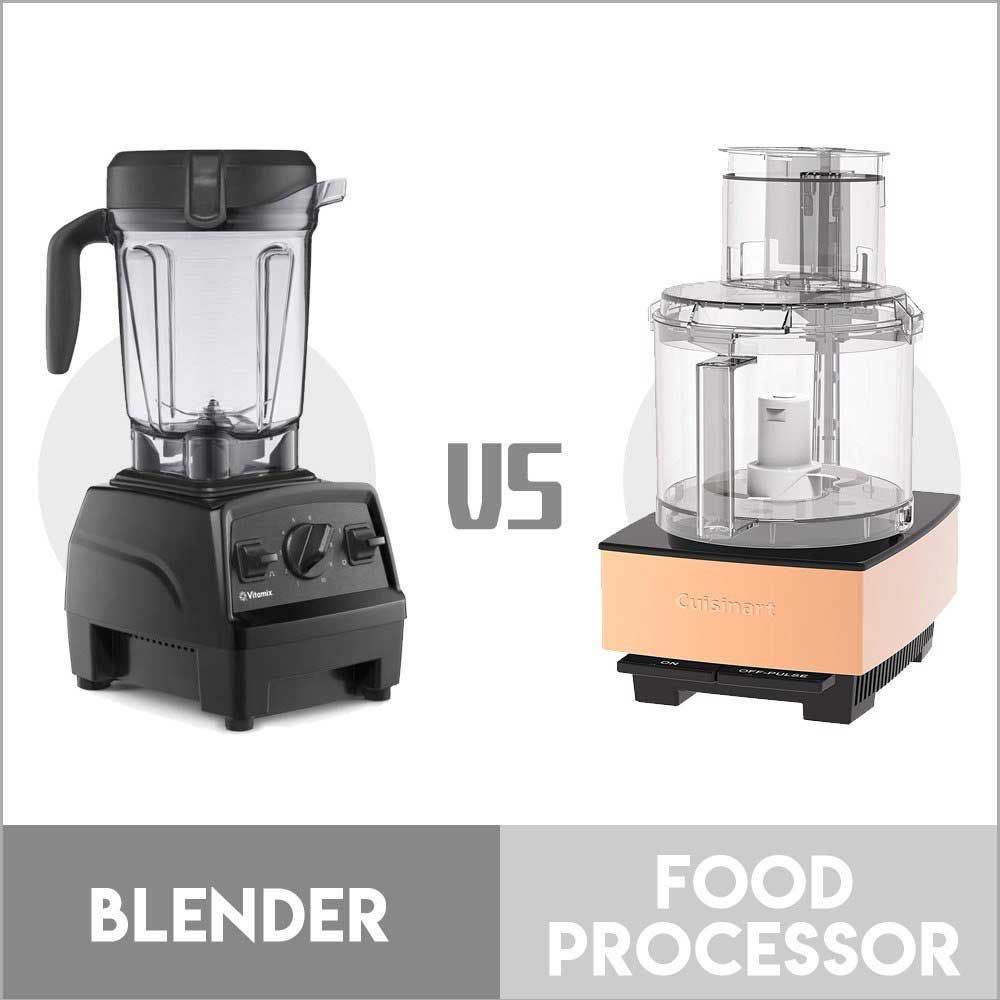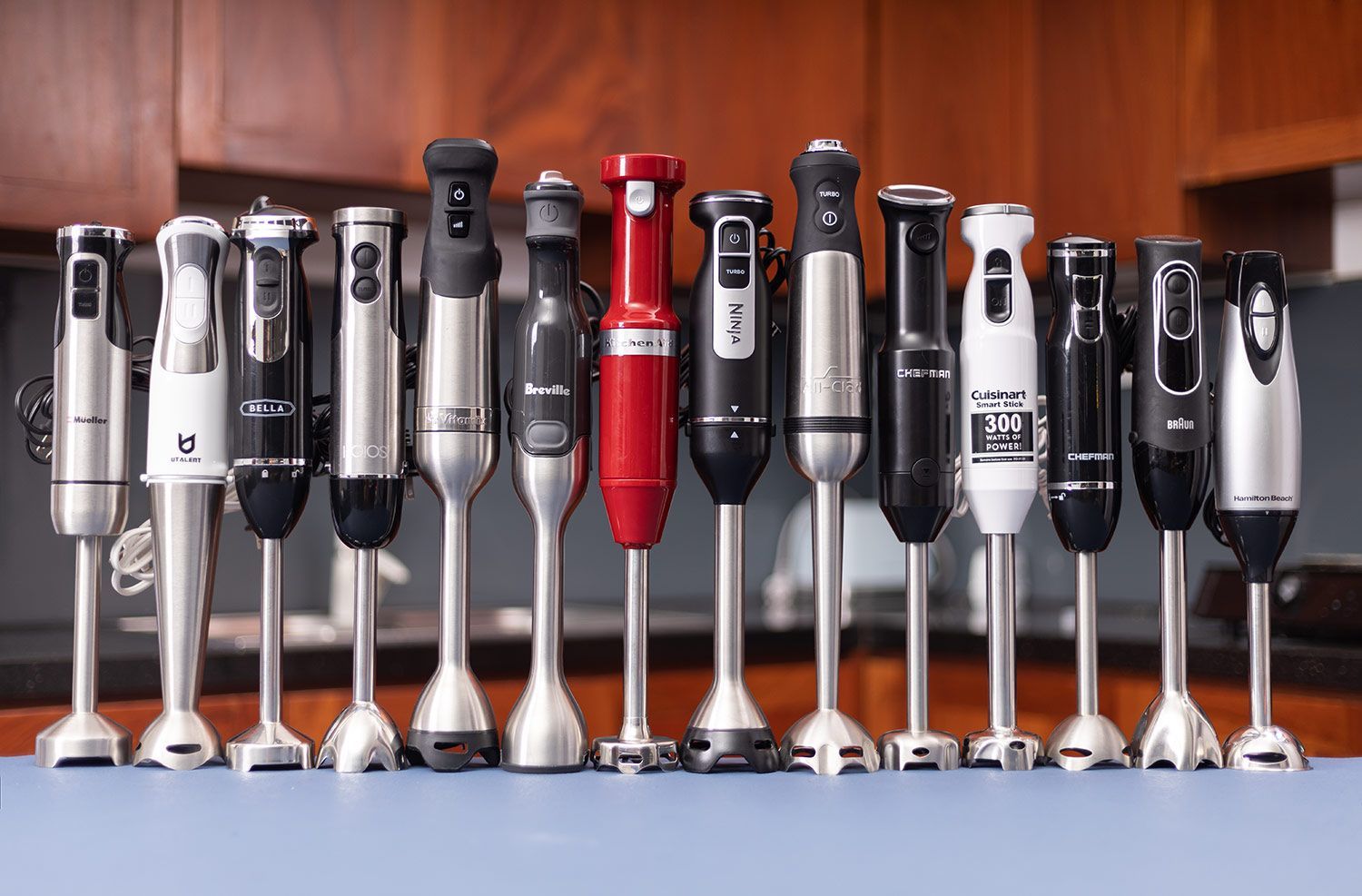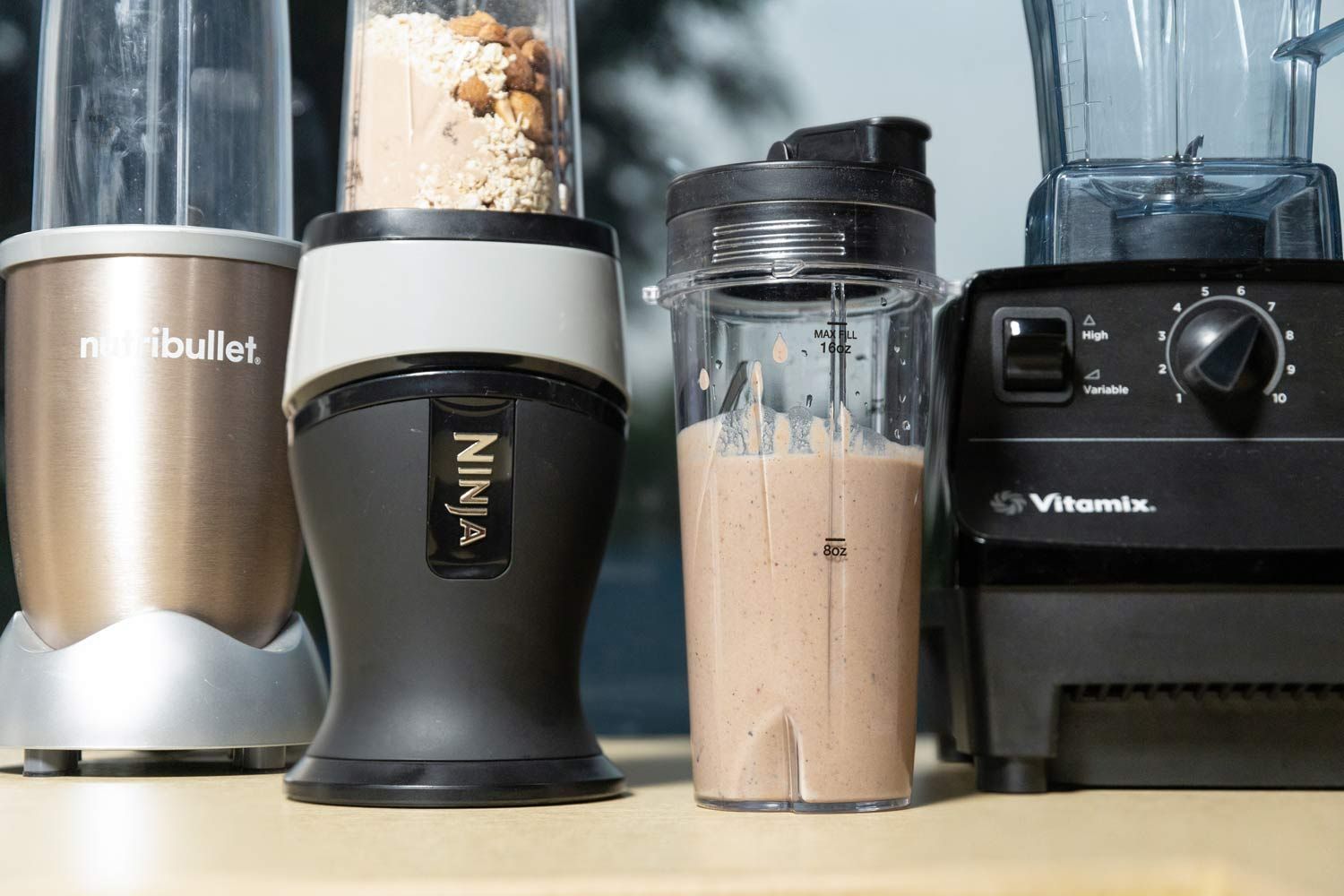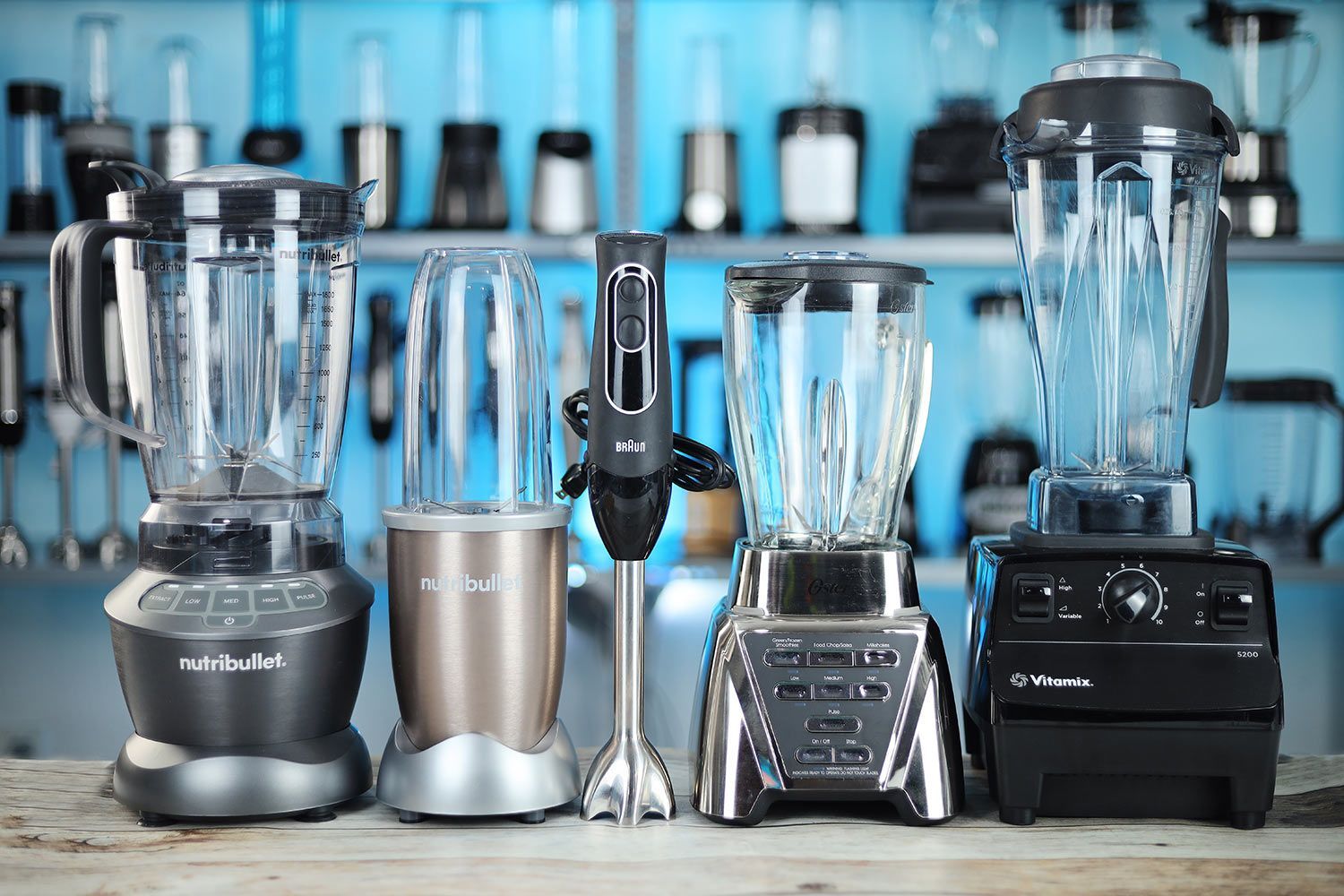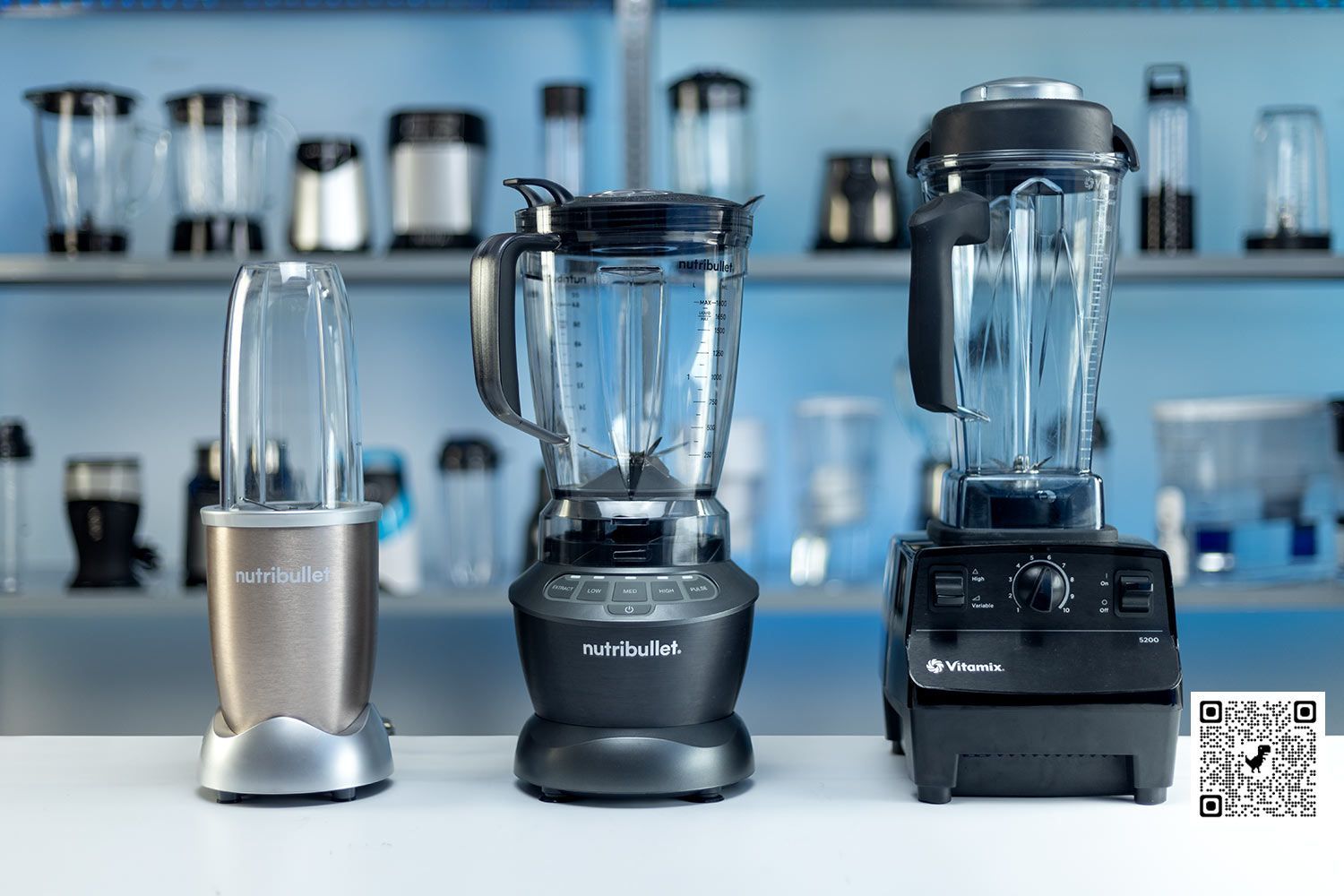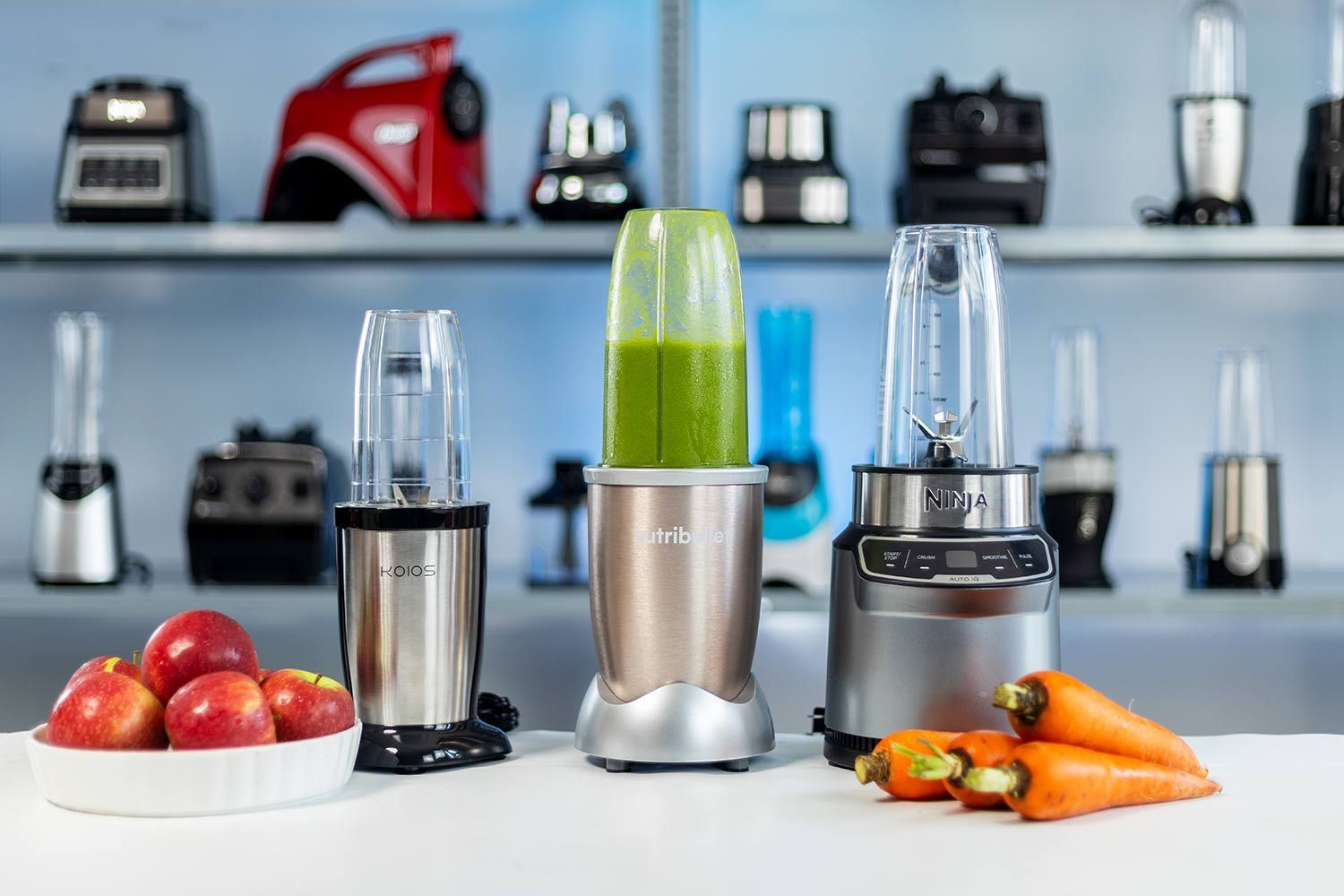Our recommendations are made independently. We may receive commissions from purchases made via our links.
Blender vs. Juicer: Which One Should You Choose to Buy?
Blender vs. juicer debate has and continues to be a hot topic of discussion as far as health benefits are concerned. We’re here to help you decide which to buy.
Blenders and juicers are the two most popular fruit and vegetable processors in the market. They can process fruits and vegetables into a tasty, nutritious drink as easily as possible. However, the way they achieve this and the end result are totally different.
If you’re trying to decide whether it’s a blender or a juicer you need, you’ve come to the right place. We’ve prepared a detailed blender vs. juicer comparison to help you make the right decision and choose an appliance that suits your needs well.
Please read on.
Blender vs. Juicer: What Are They?
Blending enthusiasts will claim that juicing is wasteful of the crucial fiber, while a juicing lover will claim that a juicer can give you all the nutrients you need with easy digestion. Both blenders and juicers have their place in a healthy kitchen as well as pros and cons. Let’s get to know what each of the processing methods is and their different types.
The Blender
A blender, as the name suggests, blends almost any kind of food you put in. They are smoothie makers that excel in preparing nutritious drinks out of fruits and vegetables: their sharp blades are efficient in turning the ingredients into a delicious liquid. They keep all the fiber in the contents, which aids the natural digestion process and prevents constipation.
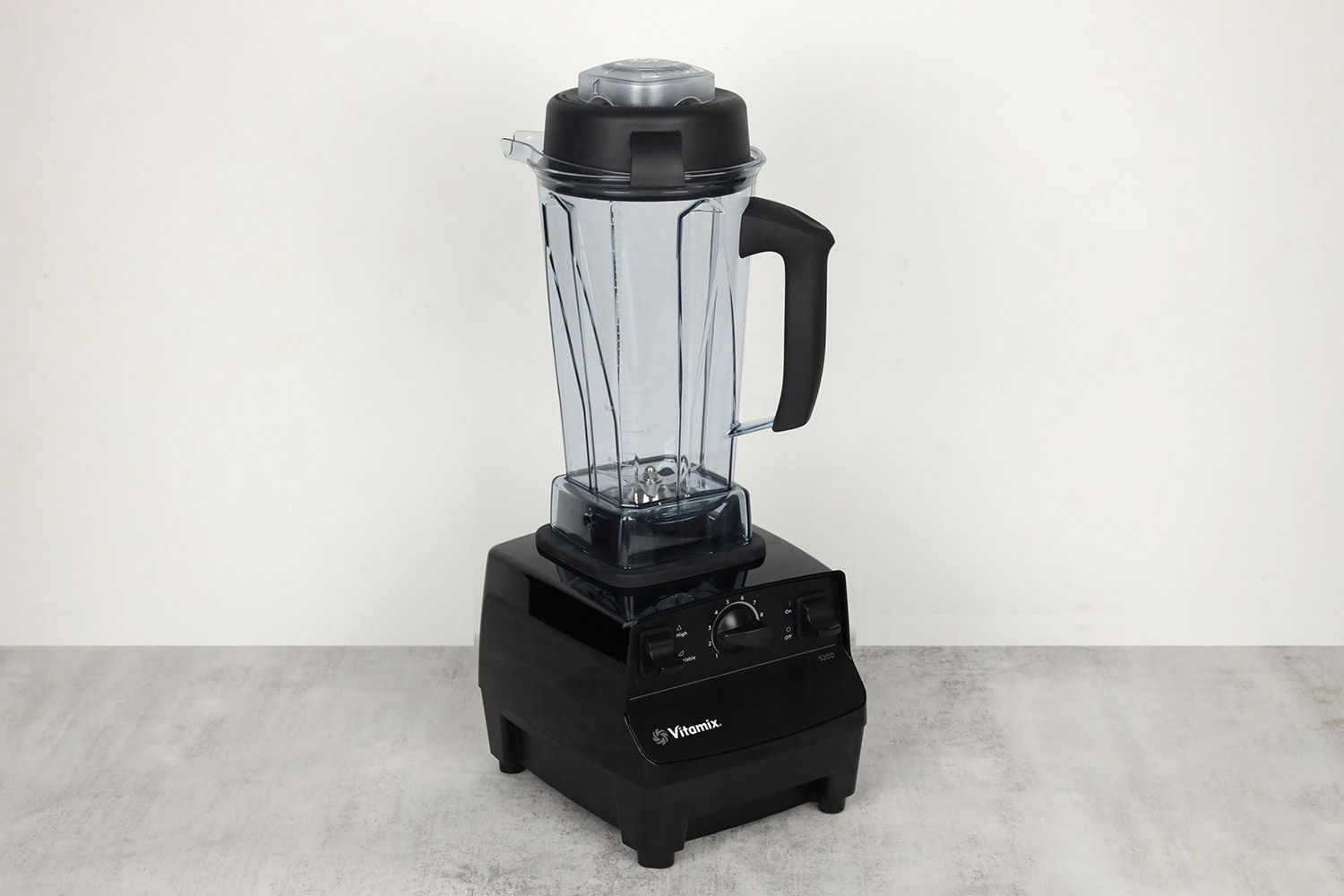
There are three types of blenders: single serving, stick, and jug blenders.
Single serving blenders gained popularity over the last few years owing to their incredible ease of use, efficiency, and a detachable lidded flask or cup. When blending your smoothie, you’ll add your ingredients into the flask, which attaches to the blender blades. You’ll then detach the blades once the smoothie is ready, and you’ll be good to go.
If you intend to make smoothies in bulk, a jug blender can be a good option for you. It works well for general kitchen use and is large enough to accommodate more ingredients.
Because it is fibrous, it takes your body a long time to absorb all of the nutrients from the smoothie blender makes. The sustained release of energy makes you feel full for a longer time.
Unlike these two other types, stick blenders come with a distinct design. Instead of a jar housing the blade, immersion blenders feature a handheld wand with the blades attached. This allows you to immerse the blade directly into a container of your choosing.
Blenders work at very high speeds, with the blades spinning at several thousands of rounds per minute. Most modern blenders have speeds of about 20,000 to 29,000 rpm to efficiently blend even somehow hard ingredients. The high speeds also translate to quick blending time hence time-saving.
Some famous blender brands include NutriBullet, Vitamix, Oster, Breville, and Hamilton Beach.
The Juicer
A juicer works by extracting juice from fruits or vegetables and removes fiber and pulp. The resulting juice is a thin and concentrated liquid that’s usually low in fiber, but rich in important nutrients. However, you’ll need a fair amount of fruits and vegetables to make a glass of juice. Among the produce that a standard juicer can process include kale, spinach, carrots, ginger, apples, celery, and wheatgrass.
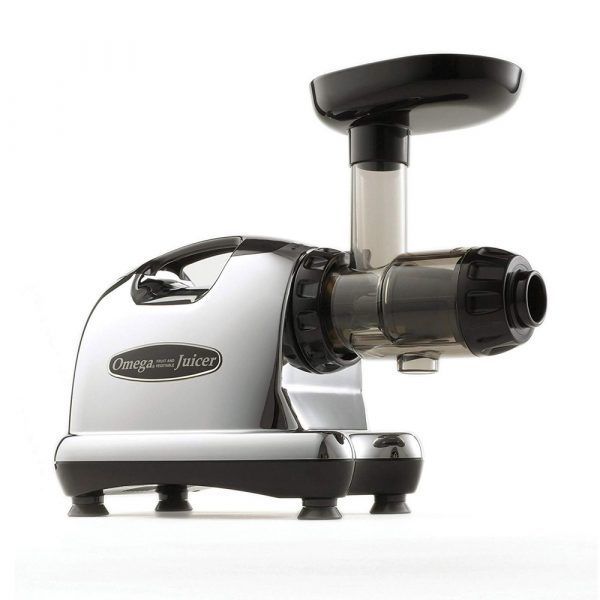
Juicers come in two types: centrifugal and masticating juicers. Centrifugal juicers extract the juice via a spinning metal blade that presses the ingredients against a strainer. The juice is then drained off into the waiting container while the pulp is left behind for disposal.
Masticating juicers, also known as cold press juicers, can be what you need if you’re a dedicated juicer interested in nutrition-packed juice. The juicer presses and crushes the ingredients to remove the juice. Though the juicing time will be a bit longer, they’re efficient at retaining the all-important nutrients. They’re also significantly larger and more expensive than the centrifugal juicers.
The price range is very large for different kinds of juicers. A good centrifugal juicer goes at about $70 – $150, while most masticating juicers are priced at several hundred dollars. The most popular juicer brands include Breville, Omega, Hamilton Beach, Black and Decker, and Kuvings, among others.
Blender vs. Juicer: the Verdict
Now that you know the differences between the two fruit and veggie processors, it’s time to decide which one is the right one to buy. Let’s have a summary of the advantages you can get from each appliance first.
Advantages of using a blender
- No fibrous pulp is thrown away since all ingredients are processed.
- Presence of fiber from fruits and vegetables aids digestion and helps remove and encourage regular elimination of toxins.
- The fiber also slows down digestion to enhance slow and even release of energy, preventing sugar highs and lows.
- Suitable for most fruits and veggies, especially softer ones.
- Extremely affordable. It’s not surprising to find a good blender for under $100.
Advantages of using a juicer
- The juice contains no indigestible fibrous pulp to allow for easy digestion and fast absorption of the vitamins and nutrients.
- Zero fibrous pulp means you can pack nutrients from a number of vegetables and fruits in one sized glass.
- Suitable for hard fruits and veggies. Most masticators can also handle some types of soft, juicy fruits and greens.
Knowing what you really want is very crucial in identifying the better kitchen appliance for you.
If you’re a smoothie lover and intend to improve your digestive health with fiber mainly, a blender can be your best candidate.
If you’re in for fresh juices to boost your energy and nourish your body quickly with lots of vitamins, minerals, and antioxidants, a juicer would be your better choice.
Conclusion
Blending and juicing are the two most efficient ways to get nutrients and vitamins without having to cook the fruits or veggies. However, the blender vs. juicer debate has and continues to be a topic of discussion as far as health benefits are concerned. No one correct answer has been reached that suits everyone. Your better option greatly depends on your nutrition and digestion needs and preferences. But if you can afford to have both in your home, go for it and enjoy all the benefits of both. All the best!

